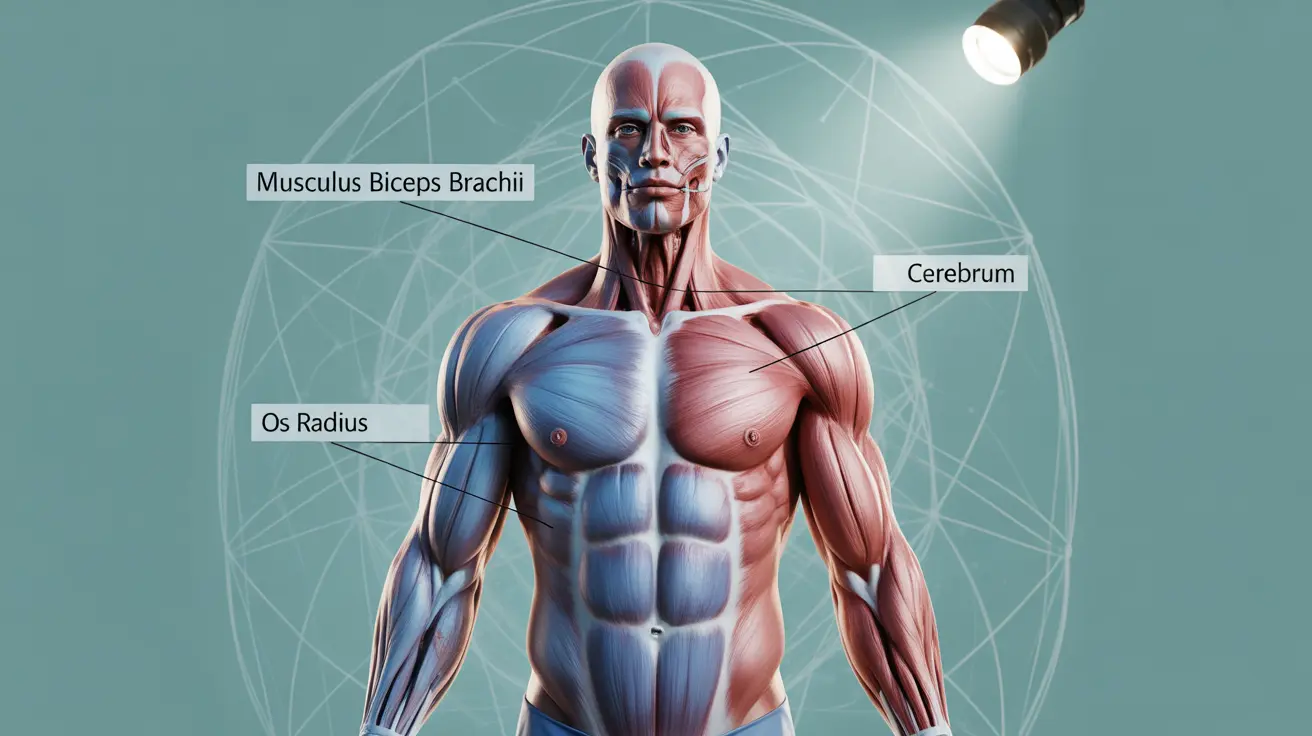Erythema annulare centrifugum (EAC) is a distinctive skin condition characterized by ring-shaped, reddish lesions that expand outward from a central point. This rare inflammatory condition can affect people of any age and typically presents as circular or arcuate (arc-shaped) patches on the skin. Understanding its features, causes, and treatment options is crucial for proper management.
While EAC is generally benign, it can be a source of concern for those affected, particularly because it may be associated with underlying health conditions. This comprehensive guide will explore the key aspects of EAC, from its characteristic appearance to available treatment approaches.
Understanding the Distinctive Features of EAC
Erythema annulare centrifugum has several unique characteristics that distinguish it from other skin conditions. The rash typically begins as a small, pink or red bump that gradually expands outward, creating a ring-like pattern. The outer edge is usually raised and reddish, while the center tends to clear as the rash spreads.
One of the most notable features of EAC is its "trailing scale," where fine scaling appears on the inner border of the ring. This characteristic helps dermatologists differentiate it from similar-looking skin conditions.
Common Locations and Presentation
EAC can appear anywhere on the body, but it most commonly affects:
- The trunk (chest and back)
- Upper arms and legs
- Inner thighs
- Buttocks
Multiple lesions may appear simultaneously or develop over time, and they can vary in size from a few centimeters to large patches covering significant areas of the body.
Understanding the Causes and Triggers
The exact cause of erythema annulare centrifugum isn't always clear, but several factors have been associated with its development:
Potential Underlying Conditions
- Fungal infections
- Viral infections
- Medications
- Stress
- Autoimmune disorders
- Cancer (in rare cases)
Sometimes, EAC appears as a reaction to an underlying condition, making it important to identify and address any potential triggers.
Diagnosis and Medical Assessment
Diagnosing EAC typically involves a thorough physical examination and medical history review. Doctors may perform several tests to confirm the diagnosis and rule out other conditions:
- Skin biopsy
- Blood tests
- Allergy testing
- Screening for underlying conditions
Treatment Approaches and Management
Treatment for erythema annulare centrifugum varies depending on its severity and underlying cause. Many cases resolve spontaneously, but treatment options may include:
Topical Treatments
- Corticosteroid creams
- Anti-inflammatory medications
- Moisturizers for symptom relief
Systemic Treatments
In cases where EAC is linked to an underlying condition, treating that condition may help resolve the skin manifestations. Systemic medications might be prescribed in persistent cases.
Frequently Asked Questions
What are the typical signs and symptoms of erythema annulare centrifugum?
The main signs include ring-shaped, reddish lesions that expand outward with a raised border and clearing center. The rash may be slightly itchy or asymptomatic, and often features a characteristic "trailing scale" on the inner border.
What causes erythema annulare centrifugum and what underlying conditions might be linked to it?
EAC can be triggered by various factors including fungal infections, viral infections, medications, and autoimmune conditions. In some cases, it may be associated with internal malignancies, though this is rare. Often, the exact cause remains unknown.
How is erythema annulare centrifugum diagnosed by doctors?
Doctors diagnose EAC through physical examination, medical history review, and sometimes skin biopsies. They may also conduct blood tests and other screenings to identify any underlying conditions that could be triggering the rash.
What treatment options are available for erythema annulare centrifugum and when is treatment necessary?
Treatment options include topical corticosteroids, anti-inflammatory medications, and addressing any underlying conditions. Treatment is typically necessary when symptoms are bothersome or when the condition is linked to an underlying health issue that requires attention.
Can erythema annulare centrifugum go away on its own, and how long does the rash usually last?
Yes, EAC can resolve spontaneously in many cases. The duration varies significantly, from a few weeks to several months. Some cases may persist longer, especially if related to an underlying condition that hasn't been addressed.




